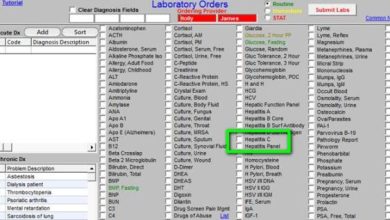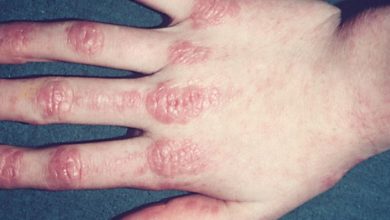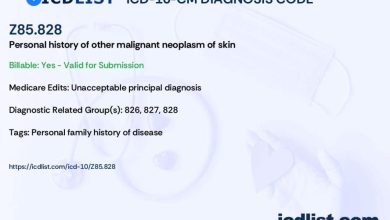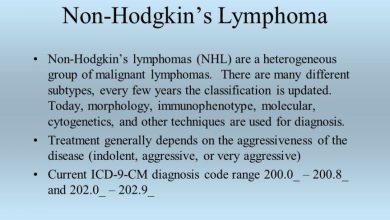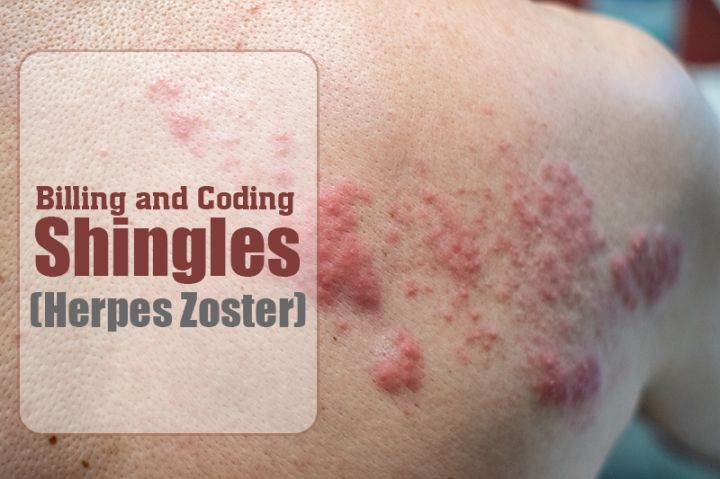Understanding ICD-10 Coding For Postherpetic Neuralgia
What is Postherpetic Neuralgia?
Postherpetic neuralgia is a type of nerve pain that occurs as a complication of shingles, a viral infection caused by the varicella-zoster virus. Shingles typically causes a painful rash that develops on one side of the body, but in some cases, the pain can persist even after the rash has healed. This persistent pain is known as postherpetic neuralgia.
Code Information
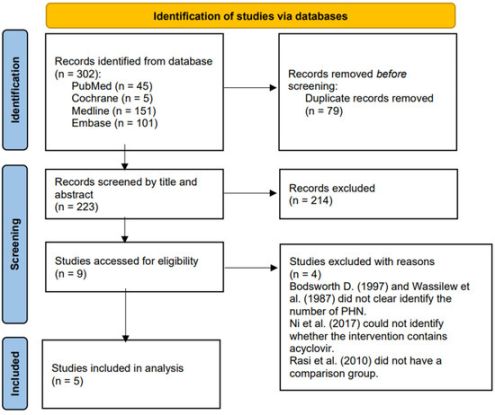
Postherpetic neuralgia is classified under the ICD-10 code G53.0. This code is used to specifically identify and classify cases of postherpetic neuralgia in medical records and billing.
Diagnostic Related Groups (MS-DRG)
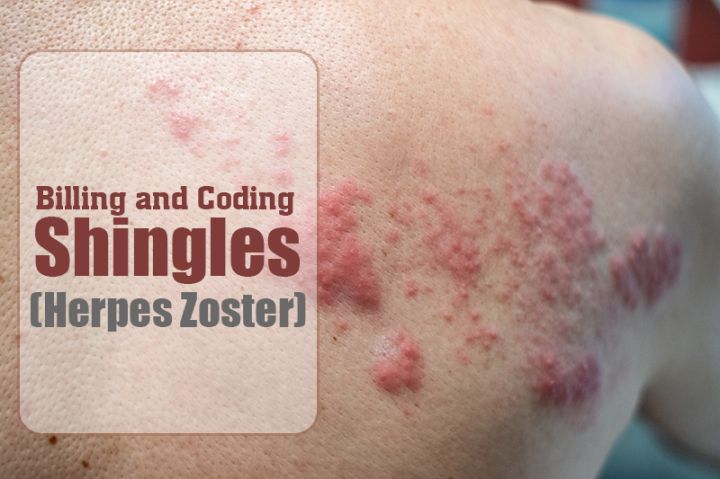
Postherpetic neuralgia is typically classified under MS-DRG 091 – Other disorders of nervous system with MCC (Major Complications or Comorbidities). This DRG is used for cases where postherpetic neuralgia is a major complication or comorbidity affecting the patient.
Convert to ICD-9 Code
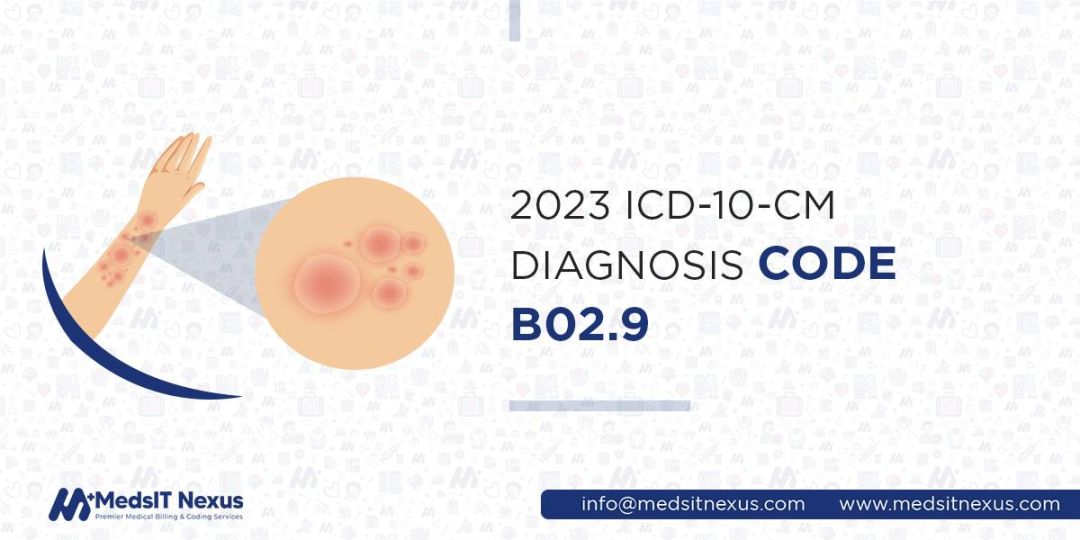
In the previous ICD-9 coding system, postherpetic neuralgia was classified under code 053.13. This code specifically identified cases of postherpetic neuralgia in medical records and billing.
Code History

The classification and coding of postherpetic neuralgia have evolved over the years to better reflect the specific nature of this condition and improve accuracy in diagnosis and treatment.
Approximate Synonyms
Other approximate synonyms for postherpetic neuralgia include herpes zoster neuralgia, herpes zoster pain, and shingles pain. These terms are used interchangeably to describe the nerve pain that persists after a shingles infection.
Clinical Information
Postherpetic neuralgia is characterized by persistent, often severe pain in the area where a shingles rash occurred. The pain can be sharp, stabbing, or burning in nature and may be accompanied by tingling or numbness.
Causes
The exact cause of postherpetic neuralgia is not fully understood, but it is believed to be related to damage or inflammation of the nerves during a shingles infection. The varicella-zoster virus can remain dormant in the body after a chickenpox infection and reactivate later in life as shingles, leading to nerve damage and pain.
Symptoms
Common symptoms of postherpetic neuralgia include persistent pain in the affected area, sensitivity to touch, itching, and numbness or tingling. The pain can be debilitating and affect daily activities and quality of life.
Diagnosis
Diagnosing postherpetic neuralgia typically involves a physical exam, review of symptoms, and medical history. Additional tests, such as imaging studies or nerve conduction tests, may be ordered to rule out other potential causes of the pain.
Treatment
Treatment for postherpetic neuralgia focuses on managing pain and improving quality of life. This may include medications such as antiviral drugs, pain relievers, antidepressants, and anticonvulsants. Other treatment options may include nerve blocks, physical therapy, and complementary therapies.
Conclusion
Postherpetic neuralgia is a chronic and often debilitating condition that can significantly impact a person’s quality of life. Proper diagnosis and management of this condition are essential to help alleviate pain and improve overall well-being. If you or someone you know is experiencing persistent pain after a shingles infection, seeking medical attention and exploring treatment options is crucial.
FAQs
Q: How long does postherpetic neuralgia last?
A: Postherpetic neuralgia can last for weeks, months, or even years after a shingles infection.
Q: Is postherpetic neuralgia treatable?
A: While there is no cure for postherpetic neuralgia, there are treatment options available to help manage pain and improve quality of life.
Q: Can postherpetic neuralgia be prevented?
A: Getting vaccinated against shingles can help reduce the risk of developing postherpetic neuralgia.
Q: What are the risk factors for postherpetic neuralgia?




